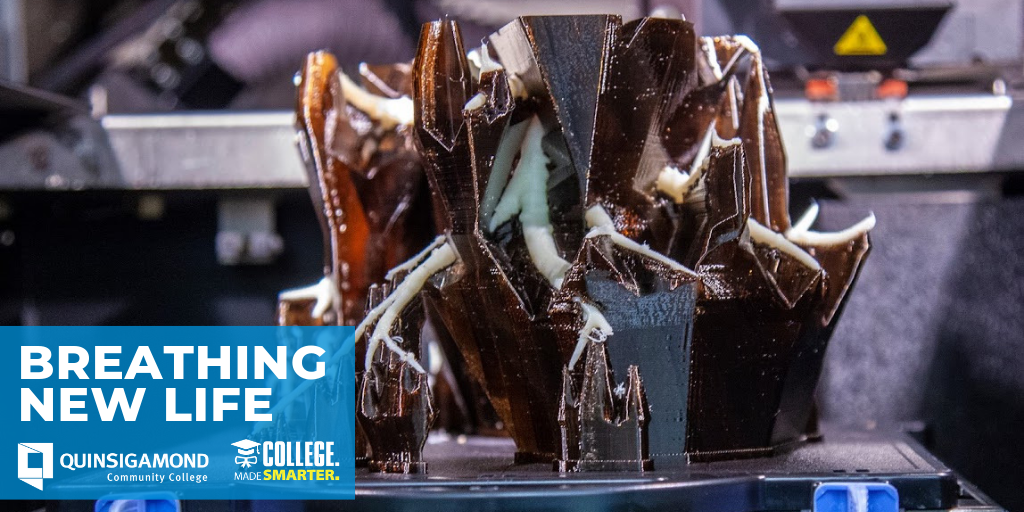 As an instructor in the Respiratory Care Program, it’s my job to help students become intimately familiar with cardiopulmonary anatomy and physiology. The human lung has nearly 20 segments and 5 lobes for them to learn and become comfortable navigating for techniques like bronchopulmonary drainage and bronchoscopy. Bronchoscopy is a procedure that requires navigating a bronchoscope (specialized suctioning tube with a camera on the end of it) into a patient’s airways to suction and obtain specimens.
As an instructor in the Respiratory Care Program, it’s my job to help students become intimately familiar with cardiopulmonary anatomy and physiology. The human lung has nearly 20 segments and 5 lobes for them to learn and become comfortable navigating for techniques like bronchopulmonary drainage and bronchoscopy. Bronchoscopy is a procedure that requires navigating a bronchoscope (specialized suctioning tube with a camera on the end of it) into a patient’s airways to suction and obtain specimens.
Bronchial models are helpful in understanding and practicing the placement and the angle of the bronchoscope, as well as how to position the patient. The problem is that the models can cost anywhere from $500-800. With the models we currently use, there is some obstruction with the lung tissue that will not allow us to demonstrate and practice in 3-D, which leaves us limited to images and videos. Images and videos are just not the same for students (or professors) when learning these types of procedures.
Needless to say, having access to a 3-D model for the students to learn and practice on is a project that I felt would be worth investigating. I recently spent some time collaborating with Nick Bold (Advanced Manufacturing & Digital Fabrication Learning Resources Manager, QCC Fab Lab) to create and print a 3-D model. The FabLab has all of the tools and materials and access to the resources needed to make or invent just about anything, so why not? As with printing anything, you need to start with a file. There are open source sites that offer free files and additional sites that have files available for purchase. In this case (and for this project), I decided that the purchased file was the way to go for higher quality.
Long-term, I would like to be able to provide each student with a smaller version of the model encased in a clear lung. The smaller versions will outline the lung’s lobes and segments, allowing them to spend more time becoming intimately familiar with the anatomical airways.
As a respiratory care educator, I aspire to inspire my students, make relevant content and provide useful tools for learning. Having access to a resource such as the Fab lab and access to 3D printing has lessened the financial burden on our program. Utilizing the tools available in the Fab lab has given us the ability to provide learning tools that will help make abstract concepts more concrete and have a positive impact on both teaching and learning.
Written by:
Amy Hogan, RRT, MET
Director of Clinical Education – Respiratory Care Program at Quinsigamond Community College

